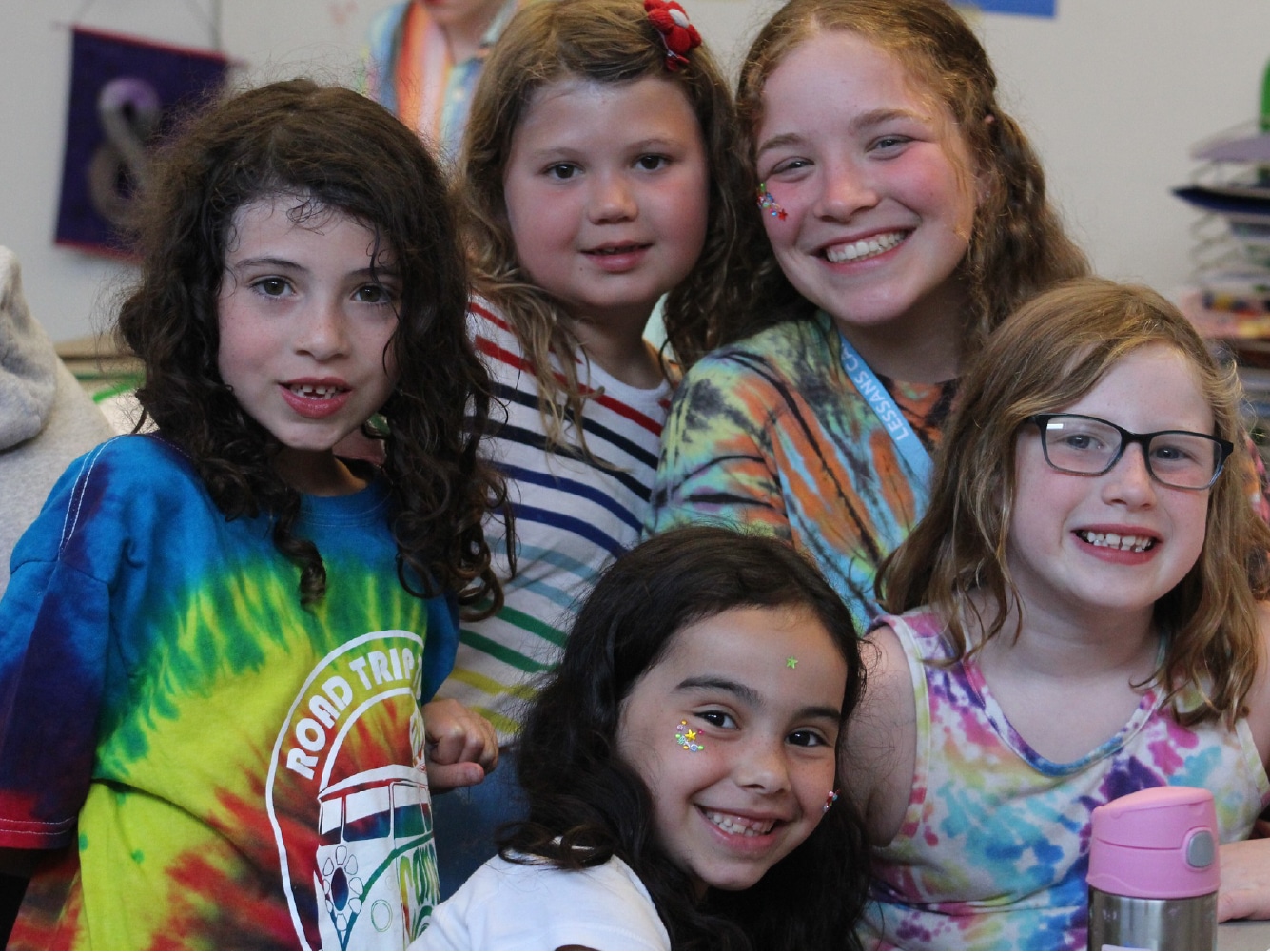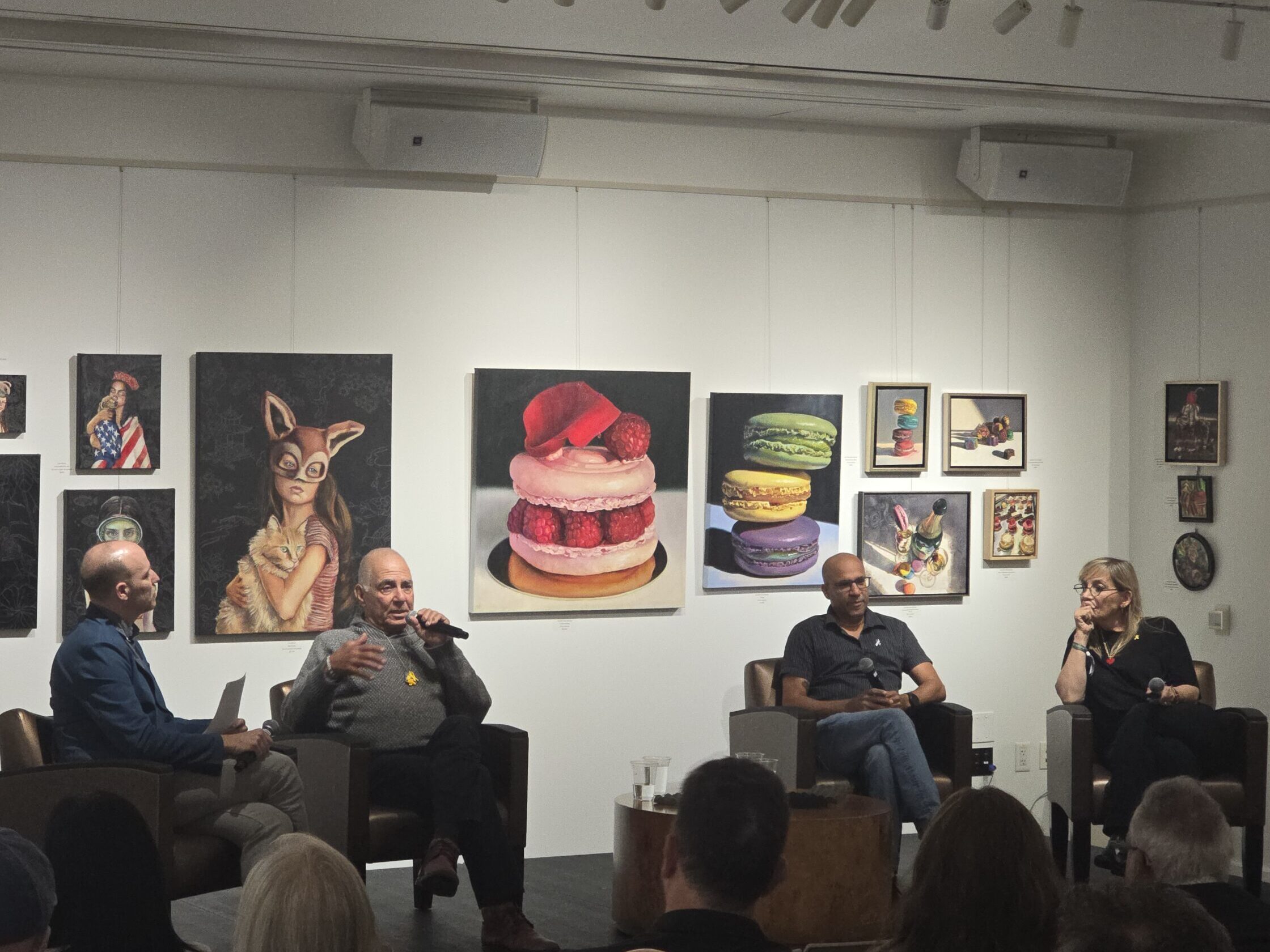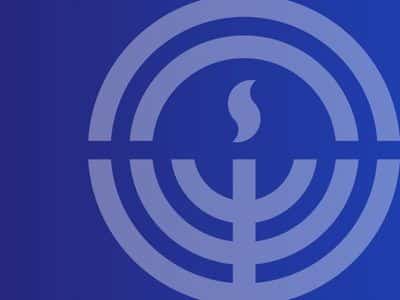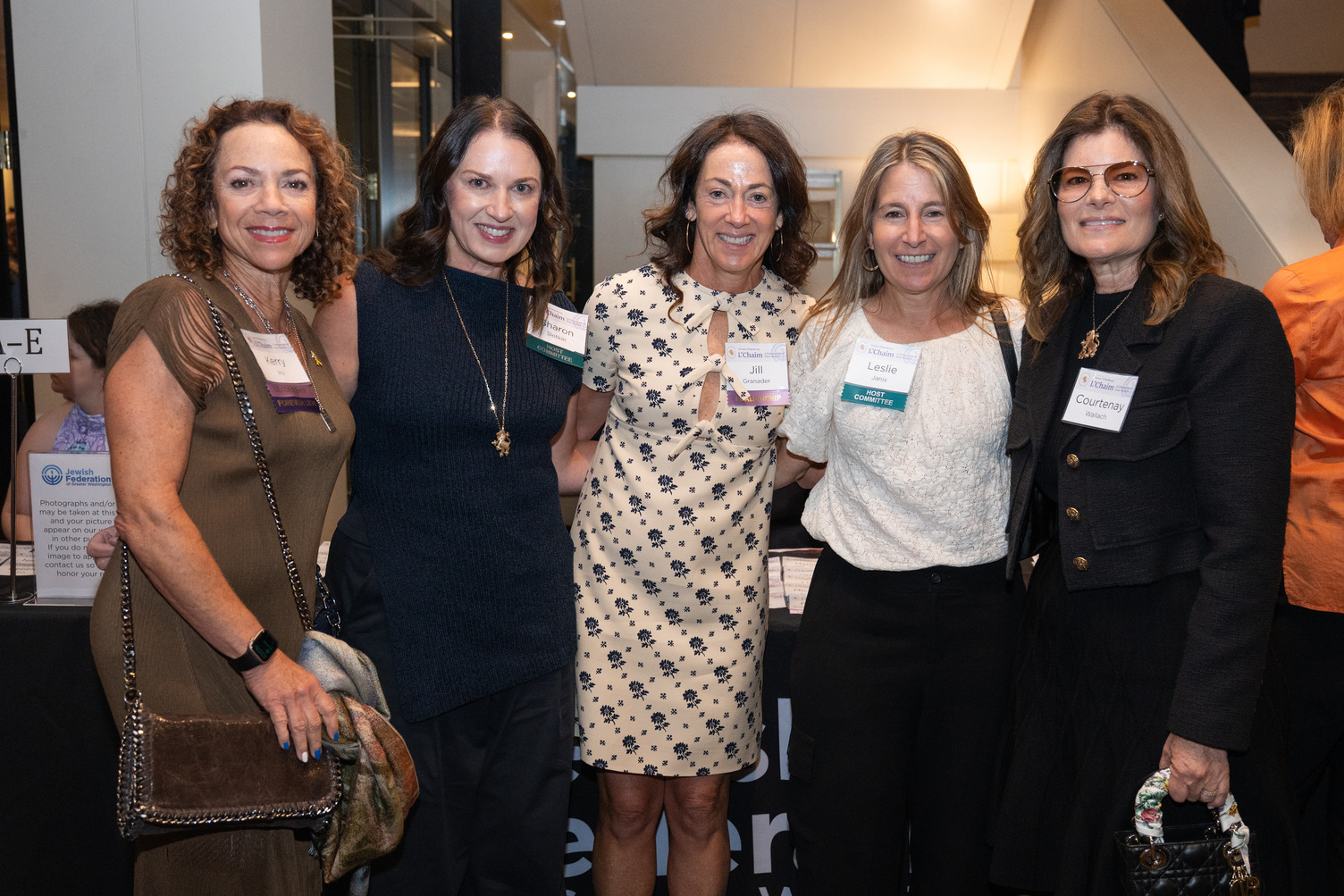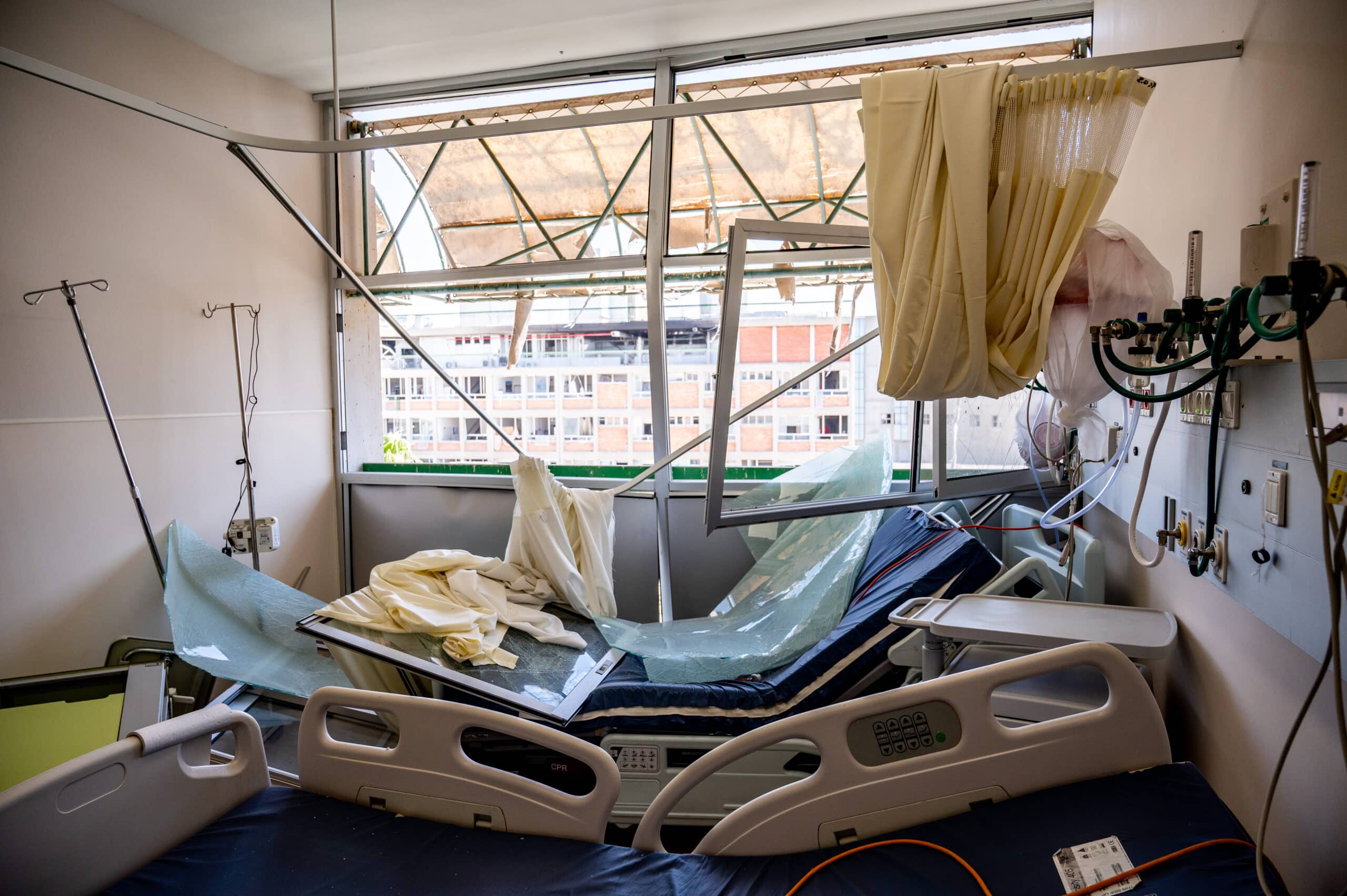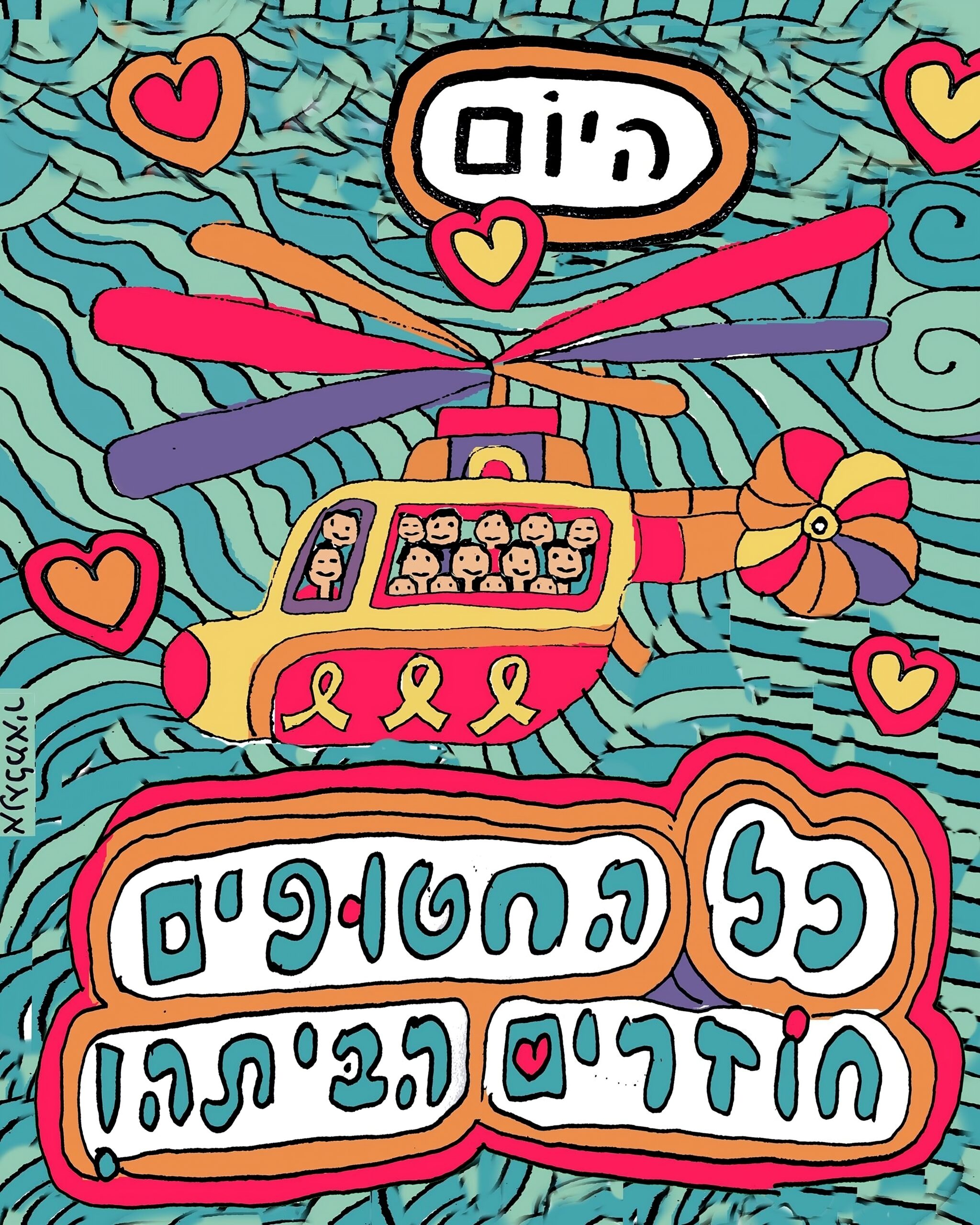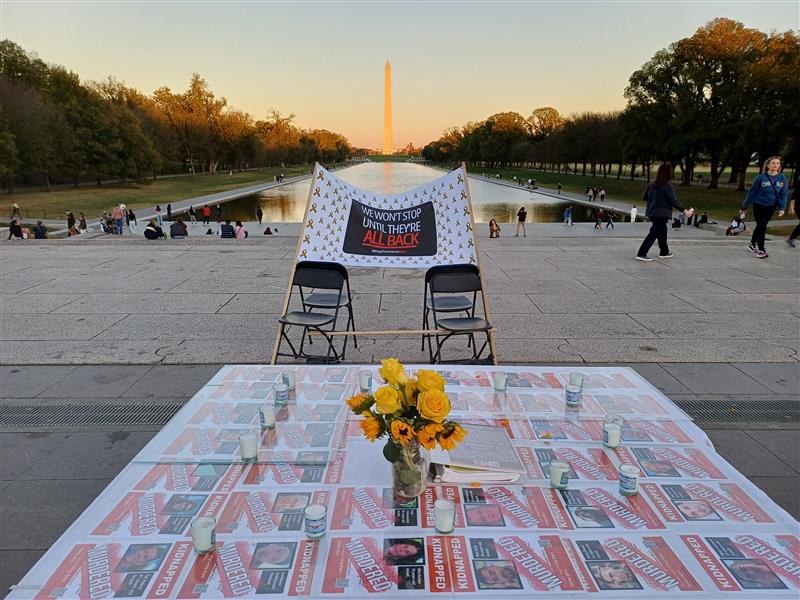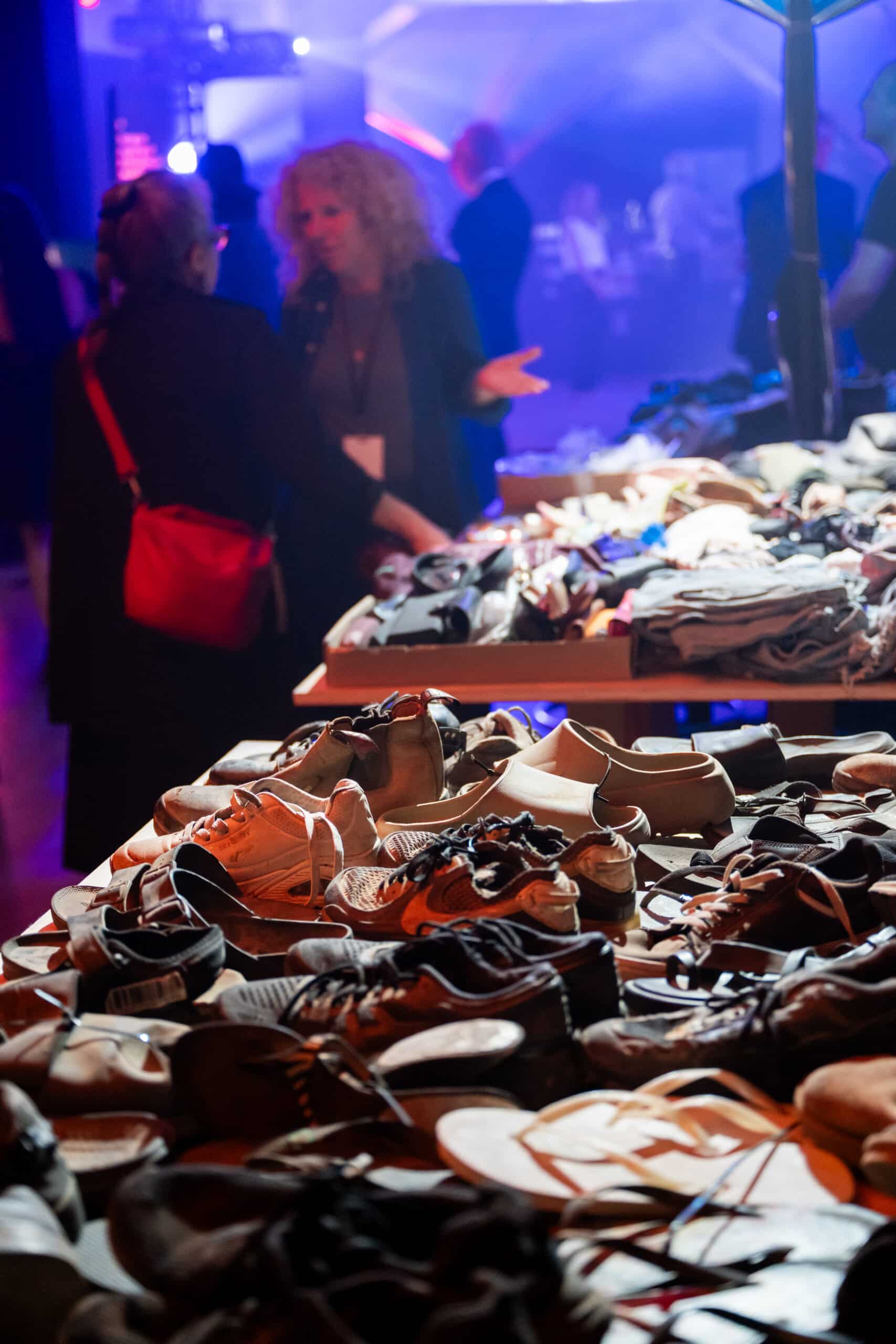In the wake of last month’s missile attacks in Israel, the Jewish Federation of Greater Washington has announced a new round of emergency relief grants totaling over $378,000 to help Israeli communities recover, rebuild infrastructure, and support displaced families.
Though a ceasefire is now in place, the impact of the missile strikes remains widespread. Families have been displaced, and while many schools and businesses have reopened, hundreds remain under repair. Towns previously untouched by conflict are now grappling with destruction and uncertainty. More than 9,700 Israelis have been evacuated from homes that were hit or deemed unsafe, many now living in temporary accommodations with no clear timeline for return.
Municipalities across northern Israel are stretched thin, working to maintain public safety, deliver essential services, and care for vulnerable populations. One of the most urgent issues is the lack of certified, reinforced public shelters, particularly in under-resourced communities. Mobile units—like those previously deployed in Druze towns and the Kinneret Valley Cluster (KVC)—offer limited protection and are not built to withstand the current level of threat.
In response, the Federation is directing these emergency relief funds to trusted partners meeting critical needs on the ground. These grants reflect a community-led approach: guided by lay leaders and professionals, informed by local insight, and grounded in a strategic model designed to meet both immediate and long-term recovery goals.
This effort aligns with the organization’s evolving Israel strategy—one rooted in partnership, not just philanthropy. Several of the funded initiatives emerged from ongoing work with the KVC, a diverse northern region central to its place-based investment in long-term recovery and resilience.
Expanding Civilian Protection and Infrastructure
Residents in towns like Tiberias and Beit Shean are gaining access to safe shelter through a large-scale restoration project led by Osim Shechunah, a grassroots volunteer network transforming neglected public spaces into reinforced community shelters. This project was prioritized through insights from KVC partners and aligns with Federation’s goal of strengthening vulnerable northern communities.
Public shelters are also being equipped with emergency supplies, and homebound seniors are receiving essential care and safety checks through the Joint Distribution Committee (JDC), one of the Federation’s long-standing global humanitarian partners.
Relieving Pressure on Israel’s Healthcare System
Patients recovering from trauma or illness will now receive care at home via Sheba Beyond, the virtual division of Sheba Medical Center. This expansion helps alleviate the strain on hospitals like Sheba, which has taken on patients transferred from missile-damaged facilities such as Soroka Hospital.
Emergency readiness is also being bolstered in northern Israel, where Poriyah Medical Center’s trauma unit—currently operating underground—is receiving upgraded equipment. Serving the Galilee and Golan, Poriyah is a key regional provider and a strategic focus of the Federation’s Israel infrastructure investment.
Supporting Emotional Recovery and Social Stability
Displaced children and families are receiving emotional care and daily structure from teen counselors mobilized by Dror Israel, a national movement focused on education and community resilience.
Meanwhile, more than 500 people—including spouses and children of IDF reservists—will receive emotional, financial, and parenting support from HaBayit BeMiluim, which pairs trained volunteers with families facing prolonged military service and uncertainty.
Together, these emergency grants address both urgent needs and longer-term recovery. They reflect a relationship-driven approach to supporting Israeli communities through trauma, rebuilding, and resilience.
